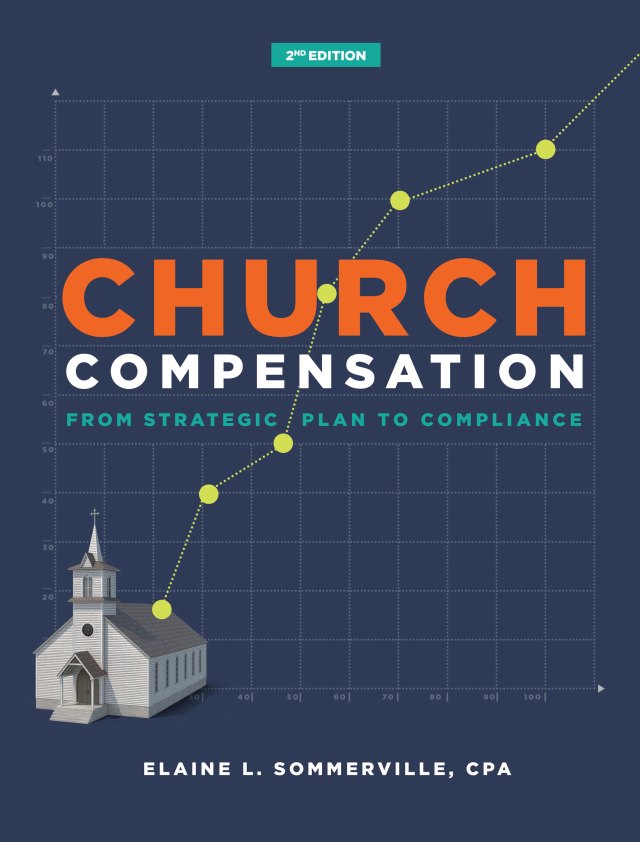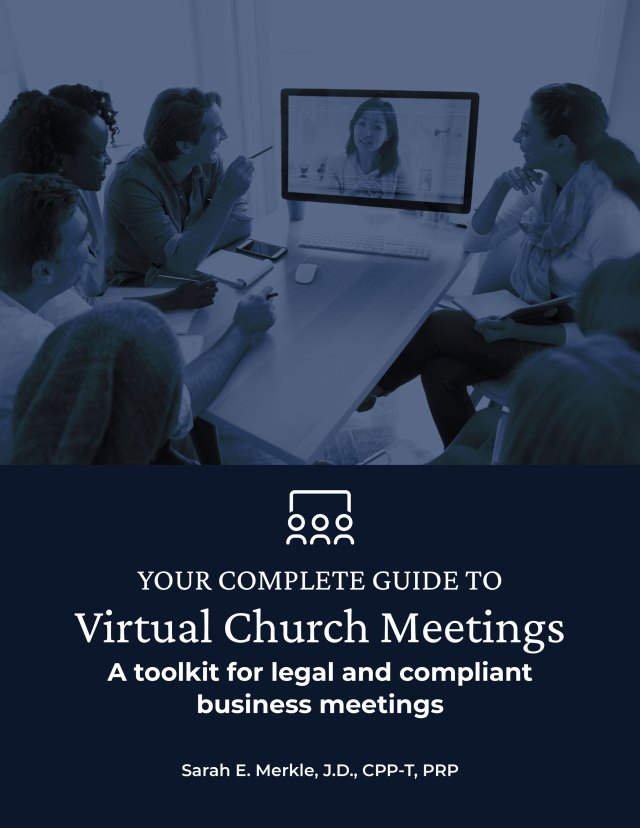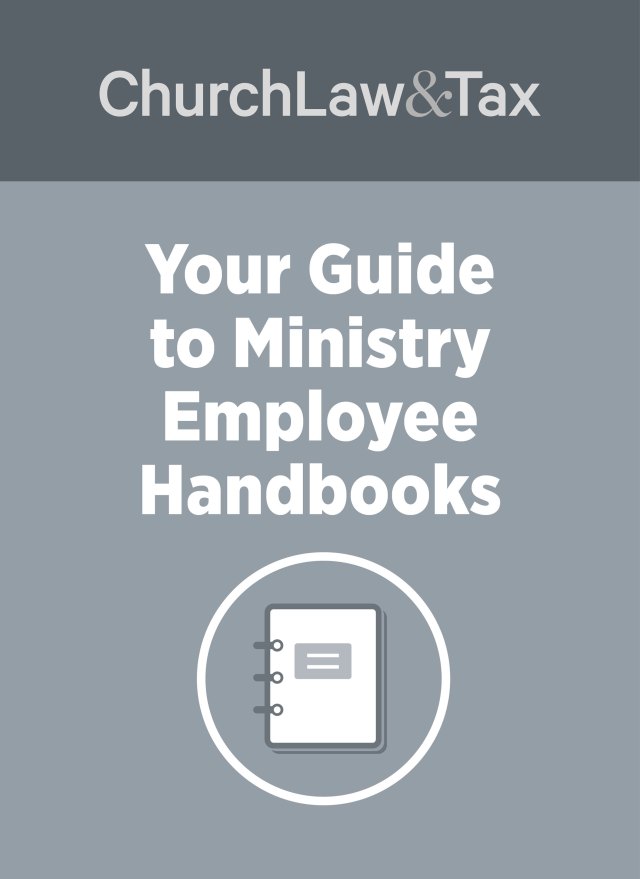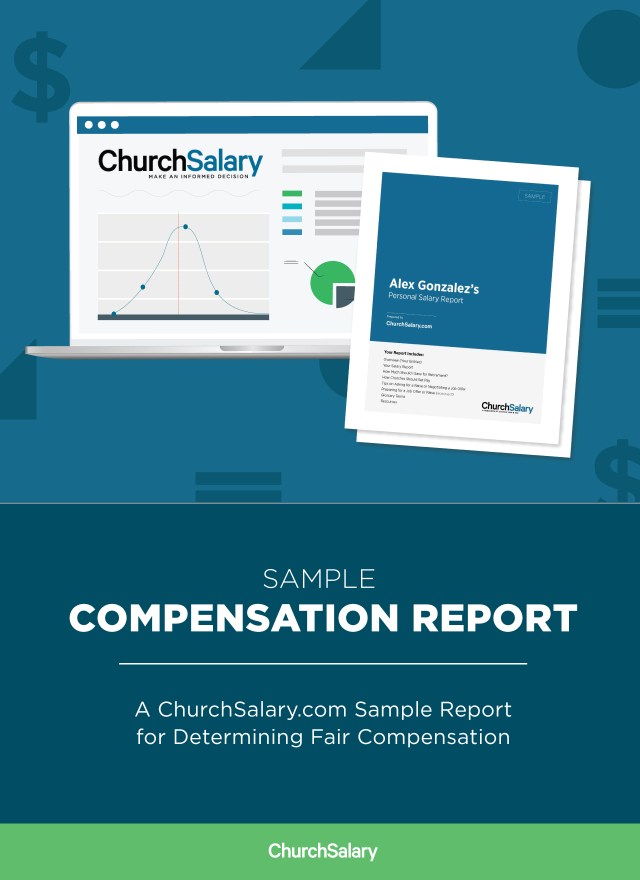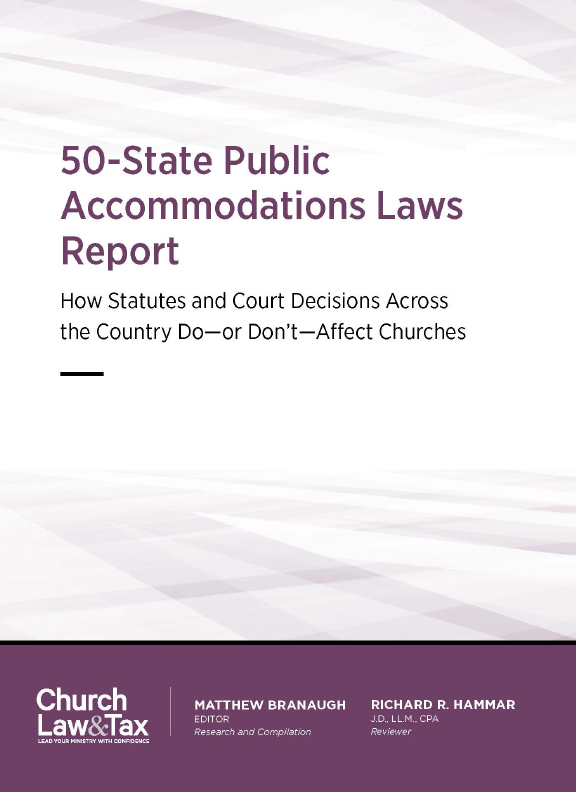Robert’s Rules just wouldn’t have clout if it didn’t provide a standard order of business. It provides a six-part agenda that can get you started:
- Reading and approval of minutes
- Reports from officers, boards, and standing committees
- Reports from special committees
- Special orders of business
- Unfinished business and general business
- New business
- Most assemblies use this basic plan. Fine.
- But have you ever considered whether this approach is efficient for your group? Likely, it’s not. Consider #2. How will you decide who should report first, or report at all? And why delay the big, new, exciting topics (#6) till last?
- Here’s today’s good news—there are other options that may work better. (And yes, it’s okay per Robert’s Rules to adopt a different order of business than is outlined above if a majority of the entire membership agrees).
- 1. Priority Agenda
- This option places the most important items first and then moves downward. For example, don’t leave the coverage of your new five-year strategic plan till the end of a two-hour meeting when everyone is exhausted. Put it at the top. Look at what needs to be accomplished and prioritize.
- 2. Consent Agenda
- This tactic is one of my favorites because it screams “efficiency.” You simply group non-controversial topics into one vote—one big item on your agenda.
- Specifically, it would work like this: Present the agenda. Tell everyone, “Notice the consent agenda at the top of our order of business. It includes items which will not be discussed today because we believe they are non-controversial. We’ll take one vote on all of them—a yes or no on all.”
- And then you ask everyone, “Is there anything that you would like to pull off of the consent agenda?” (Why? Maybe there’s an item someone feels is actually controversial or needs to be discussed for a bit.) To be clear, if any member asks to remove an item from the consent agenda, that item should be removed on their request. No vote about the removal is needed.
- Once the above question is asked, a quick, one-vote process takes care of all the items remaining on the consent agenda: “All those in favor of adopting the items on the consent agenda, say ‘Aye.’ All those opposed, say ‘No.’”
- There’s no danger—anything can be removed if requested. And the advantage is productivity—no unnecessary debate on small points about which no one disagrees!
- 3. Subject-Based Agenda
- A third option groups topics by large categories. Example: Discuss everything about specific line items of the strategic plan at the same time—who, when, budget, everything. This method allows focus and, therefore, progress.
- 4. Presiding Agenda
- And #4 might help a presider in particular. On a presider’s agenda copy only, add a column to the agenda, and type special notes there (e.g., Recognize Jane on this topic. Carlos will have a report on this topic.) An annotated copy will support efficiency for leadership.
